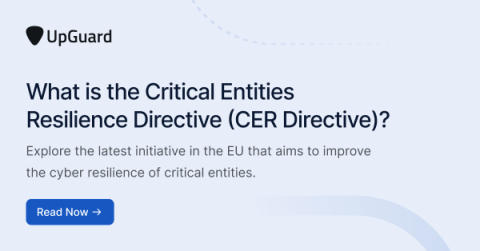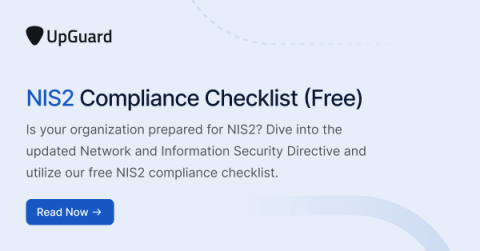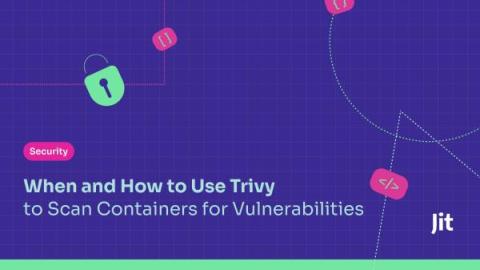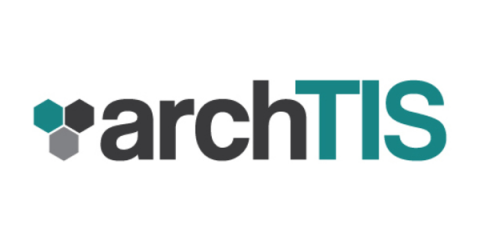Your Must-Know AI and Cloud-Native AppSec Insights at RSAC 2024
Are you looking to catch up on the latest in AI and cloud-native Application Security at RSAC 2024? Veracode is hosting a series of talks at our booth along with a series of programs at The W San Francisco. Here are all the details.











